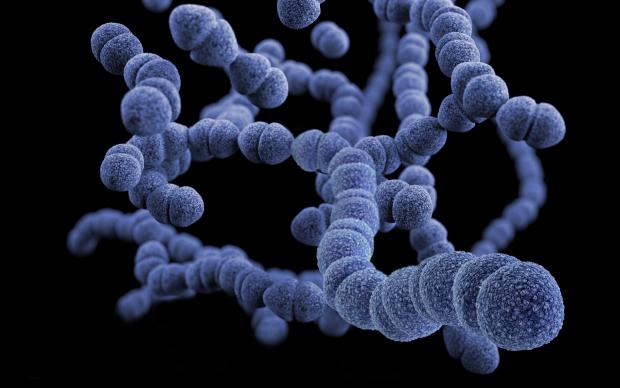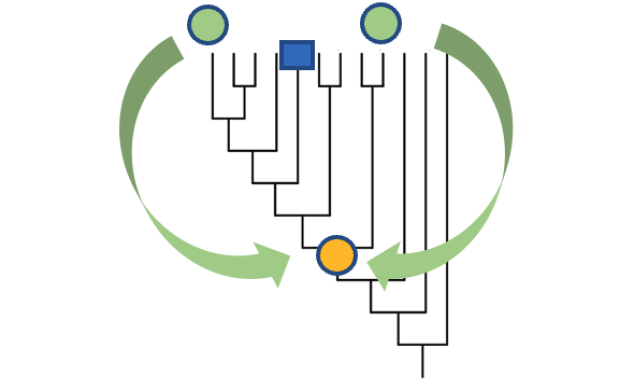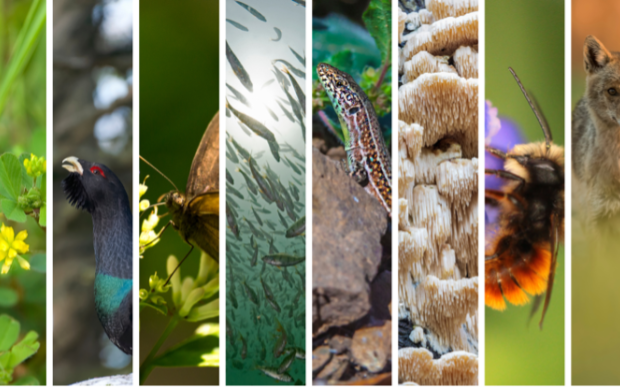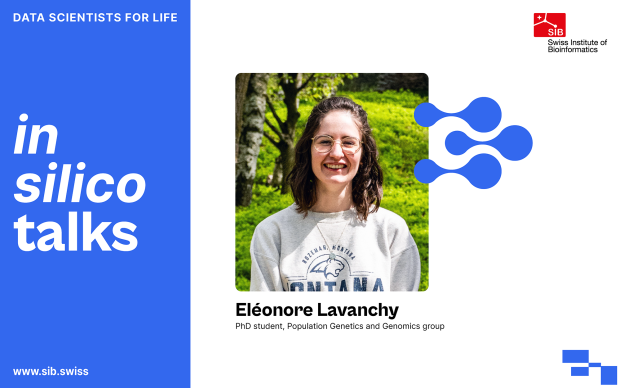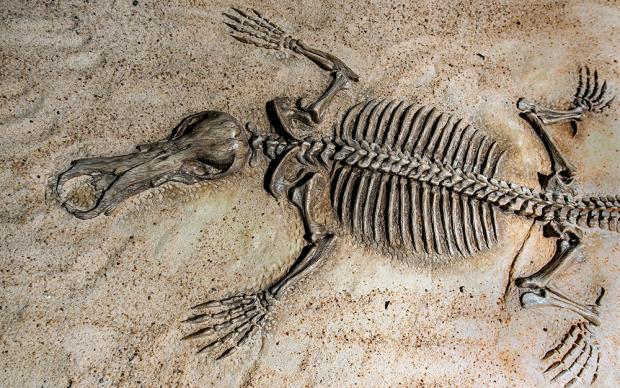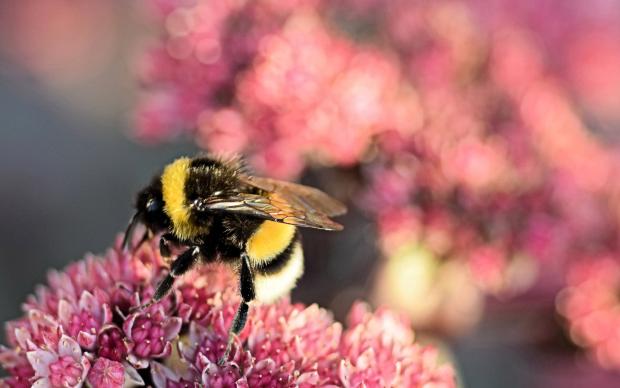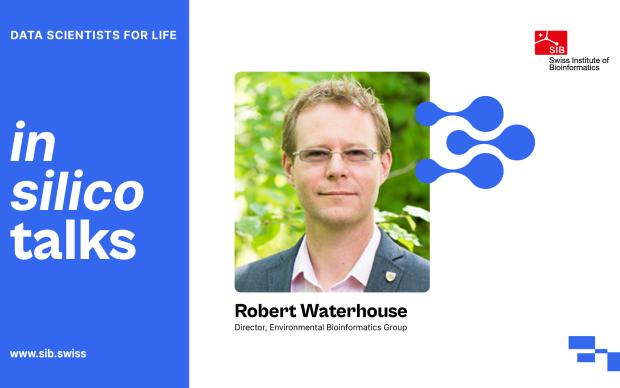TASmania – A new resource for microbiologists

In this in silico talk, SIB’s Hatice Akarsu Egger introduces a new (computational) dream destination for microbiologists: TASmania. This user-friendly web-interface compiles over 2 million putative Toxin-Antitoxin loci (TAS) from over 41,000 bacterial genome assemblies, and enables users to identify and discover existing and new TAS, as well as associated networks, in a given genome.
About the in silico talks series – The latest in bioinformatics by SIB Scientists
The in silico talks online series aims to inform bioinformaticians, life scientists and clinicians about the latest advances led by SIB Scientists on a wide range of topics in bioinformatics methods, research and resources. Stay abreast of the latest developments, get exclusive insights into recent papers, and discover how these advances might help you in your work or research, by subscribing to the in silico talks mailing list.
A poison and its antidote, encapsulated in the genome
Toxin-Antitoxin System or TAS are one of the fascinating tricks Nature found to give the ability to prokaryotes to deal with particular situations, such as stress. They are pairs of adjacent genes, one coding for a ‘poison’ (the toxin), the other coding for the corresponding antidote (the antitoxin). When all goes well, the toxicity is counterbalanced by the effect of the antitoxin – but under stress, the toxin gets released, leading to range of negative outcomes for the cell, from cellular growth arrest to cell suicide. TAS are thus involved in a range of mechanisms, from nutritional stress to biofilm dynamics or antibiotic resistance. They are thus of interest from evolutionary, clinical and biotechnological perspectives.

Reference(s)
Akarsu H et al. TASmania: A bacterial Toxin-Antitoxin Systems database. PLoS Comput Biol. 2019.

